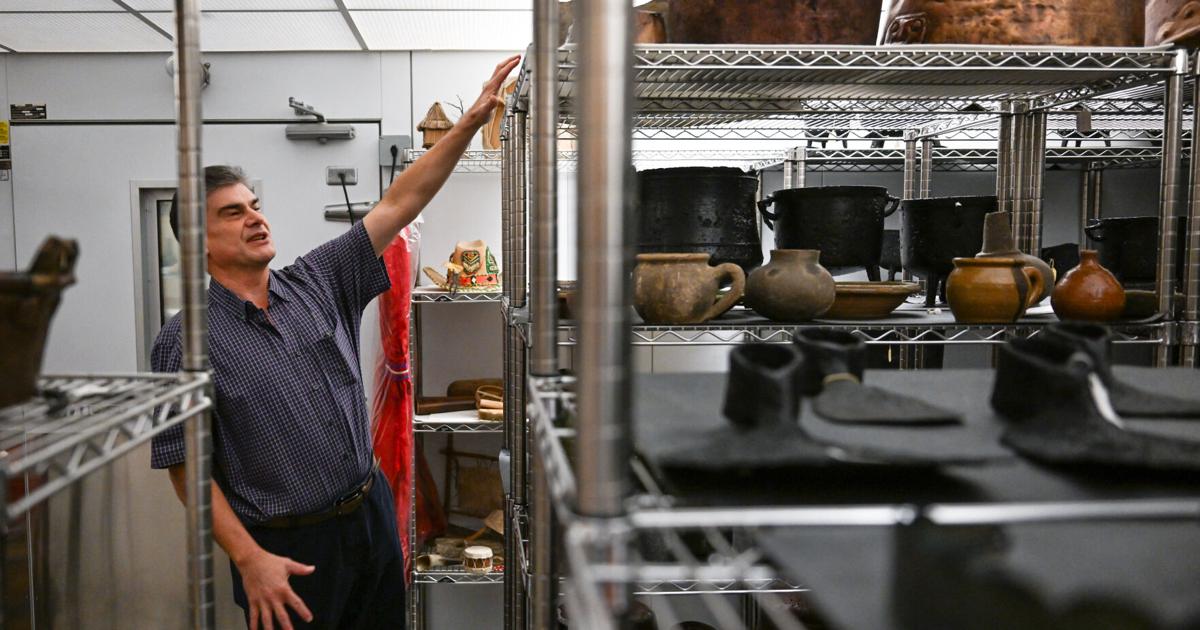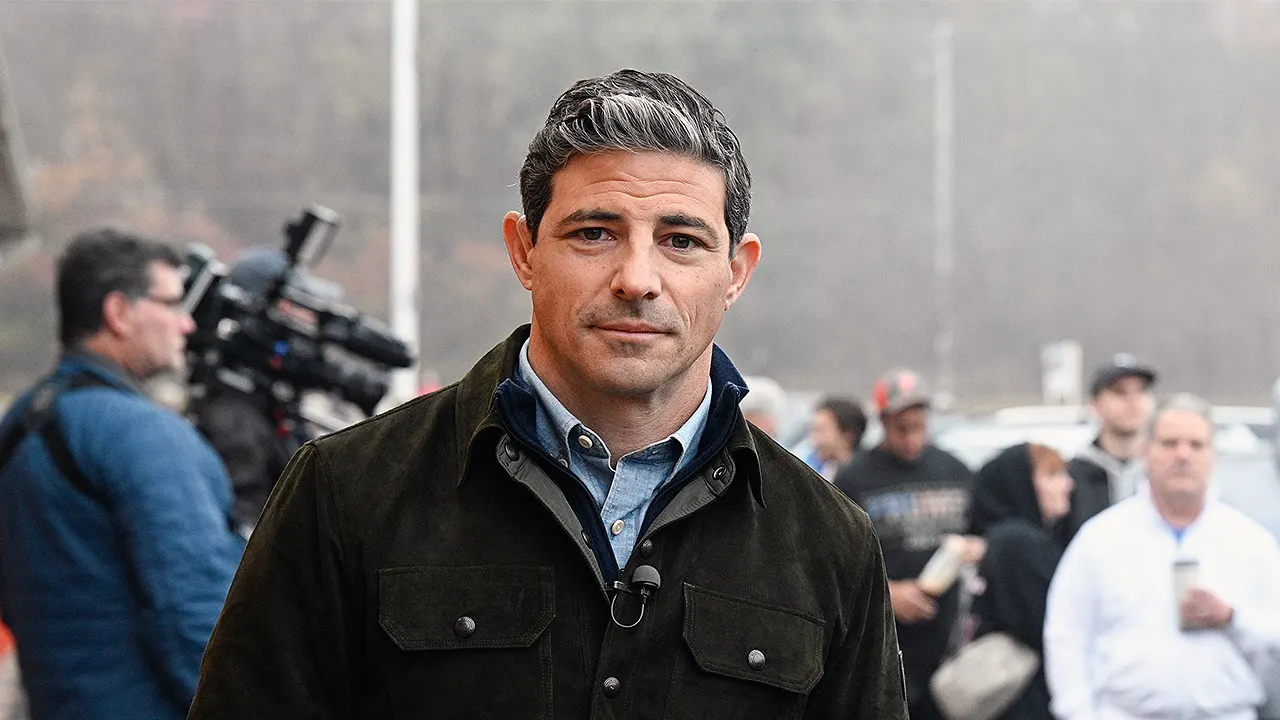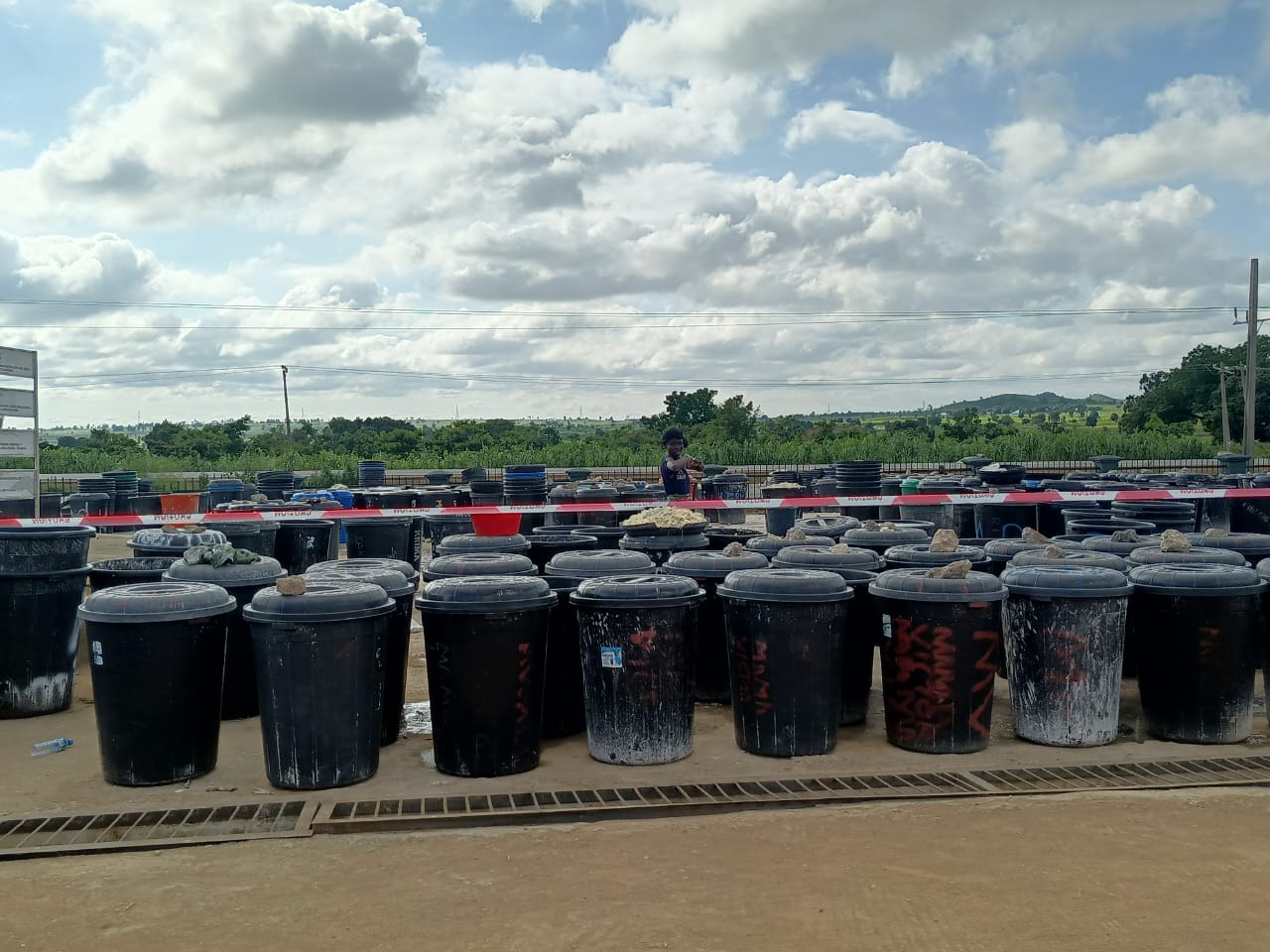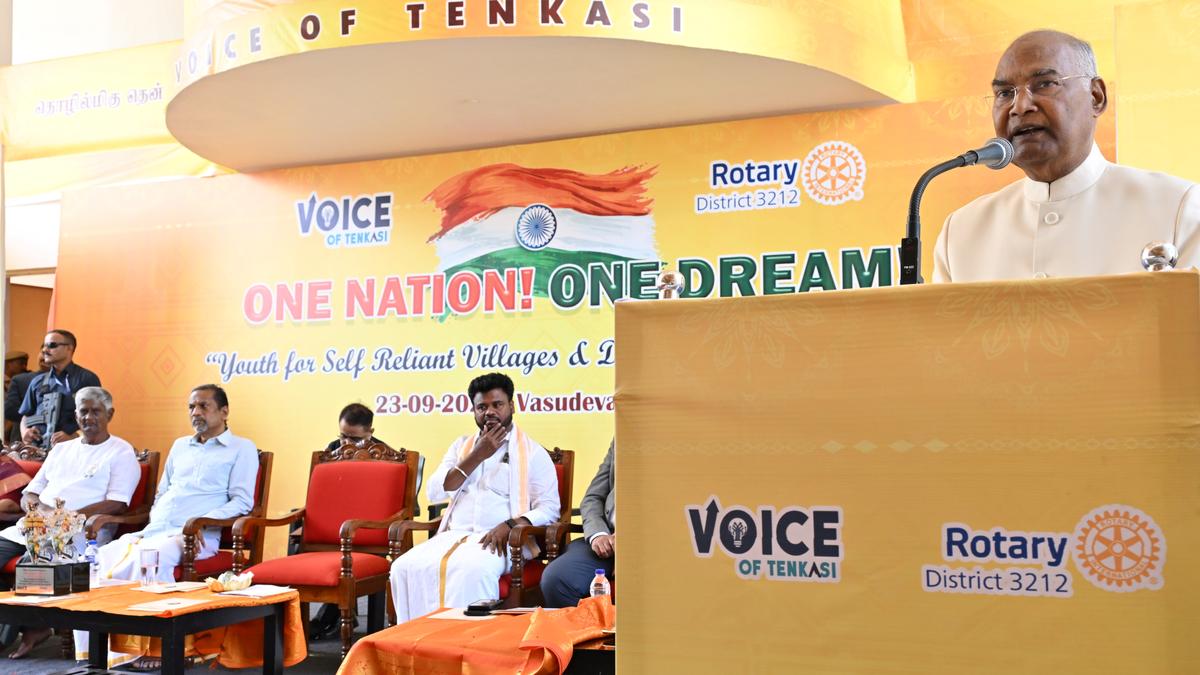
In 1968, a Louisiana prison guard unearthed over 100 skeletons and sacred objects at a gravesite in West Feliciana Parish, exposing them to the light for the first time in centuries.
He kept the items, precious pieces of handmade Tunica pottery and traded European goods. Those could be sold.
He tossed the remains into the Mississippi River.
Out of 1.5 tons of recovered materials from the grave robbing, “the human remains could fit into a shoebox,” said Earl Barbry Jr., the historic preservation officer for the Tunica-Biloxi Tribe of Louisiana. “The guy that desecrated the graves really didn’t find any monetary value, so he just discarded the remains.”
There are more than 1,700 bodies and parts of bodies that, like the Tunica-Biloxi’s ancestors, were disturbed and disinterred by archaeologists, government officials and collectors in Louisiana across the 19th and 20th centuries. Many landed in the collections of universities, museums and government agencies.
But over the past few decades, there has been growing recognition among archaeologists and the public that human remains buried by tribes should not be artifacts or subjects of scientific study, and must be returned to their descendants. The paradigm shift led to the Native American Graves Protection and Repatriation Act, or NAGPRA.
“There is this belief among some archaeologists in the past, especially, that was like, ‘It was a property law,’” said Karla Oesch, collections manager at the Louisiana Department of Culture, Recreation and Tourism. “But tribal members think of it like a human rights law. When you’re excavating these materials, it’s not items. That’s an individual.”
In 1990, Congress passed NAGPRA, thanks in no small part to the Tunica-Biloxi, who in the ‘80s fought in Louisiana courts for the possession of the “grave goods” dug up in West Feliciana.
Their legal victory provided precedent for the sweeping law, which formally protected remains and funerary objects of Indigenous peoples and mandated institutions return them to lineal descendants and tribes.
But nearly 35 years into NAGPRA — a process at one time expected to take only 10 years — repatriation is far from complete and riddled with inefficiencies.
Hundreds of skeletons and fragments of skeletons dug up in Louisiana remain in the stewardship of universities, museums and other agencies as limited funding, confusion over the law and at times reluctance to relinquish remains all slow progress.
Even measuring the law’s success has proven imperfect. Several institutions with Louisiana remains said the federal databases meant to keep track of their holdings don’t accurately reflect their status.
For many tribes, completion of NAGPRA is a matter of urgency. Repatriation is one step toward restoration of the dignity that was defiled.
“It’s a sorrow in that it was taken out of the ground,” Barbry said, “but relief that it’s come back to be housed here and taken care of and honored.”
‘Knocking over the crosses, popping open the caskets’
Under NAGPRA, human remains encompass everything from a single tooth to an entire skeleton, as well as preserved soft tissues. Lineal descendants, Indigenous nations and Native Hawaiian organizations are entitled to request the remains.
Though human remains are a major focus of NAGPRA, the law also mandates the return of certain cultural objects that have been excavated, such as funerary items tied to a tribe’s death rites. Around 17% of these have not been made eligible for return, according to national NAGPRA data.
“I was a guide in a museum for years,” Barbry said. “I would explain to school groups, the equivalent would be someone running into, if you’re Catholic, a Catholic cemetery, knocking over the crosses, popping open the caskets and just taking the jewelry, the clothing, whatever mementos buried with your relatives, and coming back, putting it on the shelf for the public to view.”
Repatriation stretches decades longer than estimated
In early discussions around NAGPRA, the Congressional Budget Office estimated how long it might take for the country’s institutions to repatriate the remains of tribal ancestors and cultural items.
Maybe 10 years, they thought, according to a Senate Committee of Indian Affairs oversight hearing in February 2022.
Instead, nearly 35 years have elapsed and around 42% of the remains identified are still pending, per the most recent data released by the National Park Service.
While large and well-funded institutions regularly employ NAGPRA coordinators, smaller organizations — as well as those who do not prioritize repatriation efforts — may not. That leaves existing employees, who often have other job responsibilities, stretched thin.
“The idea of, first of all, going through an entire facility’s worth of stuff, was very daunting,” Oesch said. “For some places it’s a lack of priority and also a lack of funding for it.”
Two cases of lack of funding can be found in northeast Louisiana, where one station archaeologist is responsible for NAGPRA for both the University of Louisiana at Monroe and the Poverty Point World Heritage Site. According to National Park Service inventories, remains representing at least 125 people from Louisiana are held between the two collections.
Diana Greenlee handles repatriation for both institutions, despite not receiving dedicated funding toward NAGPRA, she said. She works with a volunteer bioarchaeologist to try and determine the origin of the remains, which were mostly obtained in the 1970s, and consult with tribes about return.
“I suppose that having a dedicated person would be great, but the finances are just not there,” Greenlee said.
For some, data paints a misleading picture
Further complicating NAGPRA is out-of-date federal data, those familiar with the law said.
Several institutions contacted for this story said the federal database does not accurately reflect how many remains they still hold and what efforts they’ve made to return them.
According to National Park Service inventories, the Yale Peabody Museum in New Haven, Connecticut, holds remains from Louisiana representing at least 110 people.
But a Yale spokesperson said that number is wrong.
“While previous NAGPRA reports and databases indicate that the Peabody has over 100 ancestors from Louisiana within its care, these numbers are incorrect due to an error made in the 1970s,” a statement from the museum said. “The museum has one third of that within its stewardship.”
The same apparent inconsistencies with NAGPRA numbers exist in Louisiana institutions.
The federal inventories show the Louisiana Department of Culture, Recreation and Tourism have remains of at least 20 people in its stewardship. Oesch said the true number is closer to 130.
She said changes to NAGPRA that took effect in 2024, which imposed stricter deadlines, eliminated the “culturally unidentifiable” category for human remains and required greater reliance on tribal knowledge in the repatriation process. That means the databases will need time to “catch up” with shifting numbers.
“2024 is what really closed that loophole of being able to say stuff was culturally unidentifiable, which is why now we have to give an affiliation to this stuff, which has to come after the consultation,” Oesch said about the department’s current collections. “We’ve consulted on all of this material.”
The National Park Service, which oversees NAGPRA, declined an interview. In response to an email asking about the discrepancies between institutional and federal tallies, the public affairs office said the numbers are updated “real time” as institutions report new data.
The Tunica-Biloxi set their sights on improving awareness of the issue of grave desecration, as well as promoting their tribal history. They operate a museum and hold school tours, bringing kids behind the scenes of their state-of-the-art preservation lab that processes the objects of West Feliciana gravesite. They monitor the Federal Register for any notices about new remains or artifacts discovered in the collections of museums and universities.
They choose to rebury their human remains in a private ceremony, laying the ancestors to rest without further disturbance.



